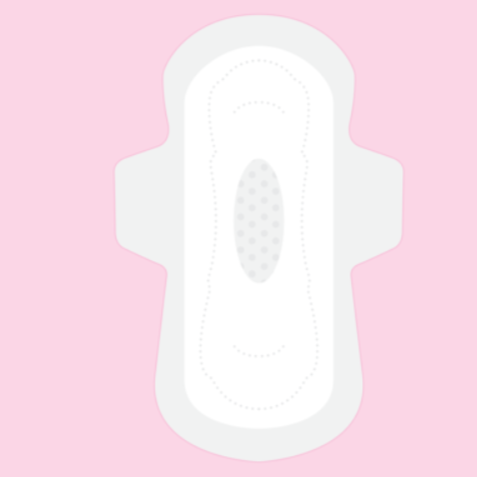The story of the invention of the sanitary napkin and its interesting adventure in history
Sanitary pads started to be produced in their current form about 100 years ago. However, the first example of a hygiene product used to stop menstrual bleeding, which we can call the first women's pad, is found in the 10th century Ancient Greek civilization.

Before the sanitary pad was produced with easily biodegradable and disposable materials, look at what was used: Cloths, cotton, sheep's wool, rabbit fur, even grass.
Disposable pads were first used by nurses to stop heavy bleeding during the war. These pads, whose raw material is made of pulp, were very suitable for one-time use as they were sufficiently absorbent and inexpensive. Manufacturers, who liked this idea, which was used for the first time during the war and born out of necessity, went into mass production without wasting any time and presented the first hygienic pad to users with the product they developed, giving the name 'Southball Pad' in 1888. 8 years after the production of Southball Pad, another company in America developed and released the pad called 'Lister's Towel'.
Despite the fact that such a needed product was developed and delivered to the consumer through mass production in much cheaper and easier ways, sales were not at the level expected by the manufacturers because women were embarrassed when buying this product. For this reason, the sanitary napkin produced by Johnson & Johnson in the early 1920s was named 'Nupak', which does not contain the word 'pad'. Again, in order to prevent women from being embarrassed when buying this product, products were sold by leaving money in a box without ever communicating with the cashier.
Women's pads, which became more accessible after mass production, were sold at prices that could be considered expensive for many women. Therefore, despite the minority using disposable sanitary pads, many of the women still preferred to use traditional methods.
The first disposable sanitary napkins produced were generally made of cotton or fiber covered with an absorbent surface and were used by placing them in underwear. Afterwards, threads were added to these pads, which are very difficult to stay in underwear, which will facilitate their use and can be tied to the clothes worn. In the 1980s, threaded pads also went out of fashion, and women's pads became the most similar to today's.
The emergence of Always
Procter & Gamble began researching women's everyday problems in the 1970s. The company's competitor, Kimberly-Clark, had launched the Kotex product as early as 1920. In response, Procter & Gamble introduced "Always" by Bethany Holroyd in 1983. The product, which attracted great attention of women with its quality in its first year, became the choice of women from that moment on.
Introduced in the United States, United Kingdom and France in the first year, the product subsequently spread all over the world. Sold in 200 countries of the world today, "Always" is sold under different names in some countries.
- (Orkid) Orchid in Turkey.
- "Whisper" in Japan, Singapore, India, China, South Korea, Philippines, Thailand, Taiwan, Vietnam, Malaysia, New Zealand, Australia, Indonesia, Hong Kong.
- "Lines" in Italy.
- It uses the name Evax and Ausonia in Spain and Portugal.
